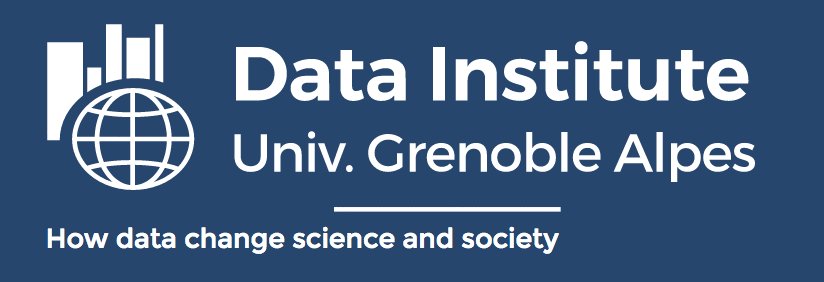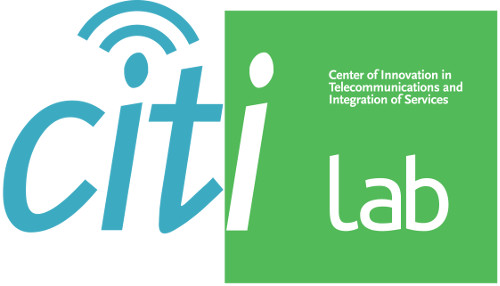Since its creation in 2014, the PRIVATICS team focuses on privacy protection in this digital world, and its members contribute to the domain through theoretical, practical, but also transdisciplinary activities. Indeed, while the team mainly focuses on technical aspects of privacy, the team also interacts with legal, economical dimension of privacy. In order to be impactful, for our research community but also for the society, the approach followed is fundamentally transdisciplinary. It covers the computer-science, legal and design domains, with sometimes sociological contributions, by the means of enriched collaborations with the members of these disciplines.
More specifically, our activities cover four main research axes, namely:
1. the ”AI” research axis includes works on ”privacy considerations in ML” (e.g., Federated ML and the explainability of Automated Decision Systems), but also on the ”use of ML for privacy” (e.g., for medical report anonymisation);
2. the ”Web, smartphone, IoT and wireless networks” (e.g., BLE and LoRaWAN) research axis focuses on several types of connected devices and services, responsible of major data leaks, for which our contributions can be highly impactful. We conducted large scale mea- surements, we reverse-engineered several technologies, and we proposed Privacy Enhance- ment Technologies (PET) when appropriate;
3. the ”User Empowerment” research axis studies how users keep control over their data and how they are being manipulated. For example, this axis involves large-scale measurement of consent on the Web (in form of cookie banners), dark patterns that manipulate users’ decision making when interacting with consent, and tensions with legal requirements for GDPR consent when designing consent banners – this axes is particularly advanced, at the intersection with the ”Legal” axis presented below.
4. the ”Legal” research axis intersects all previous axes, and consists in transdisciplinary research in Computer Science and Law. We analyze legal requirements for compliance with the EU Data Protection Laws of systems and services, such as cookie banners, providers of such banners and their legal roles and responsibilities (e.g., we refined legal high-level requirements into concrete system requirements, such as 22 low-level requirements to assess compliance of consent banners). We also analyze the technical and regulation aspects of privacy invasive technologies that present significant risks (e.g., face recognition, or intelligent surveillance cameras). In front of such complex problems having both technical and legal dimensions, advances are only possible through a transdisciplinary work with legal scholars.
Team activity reports





